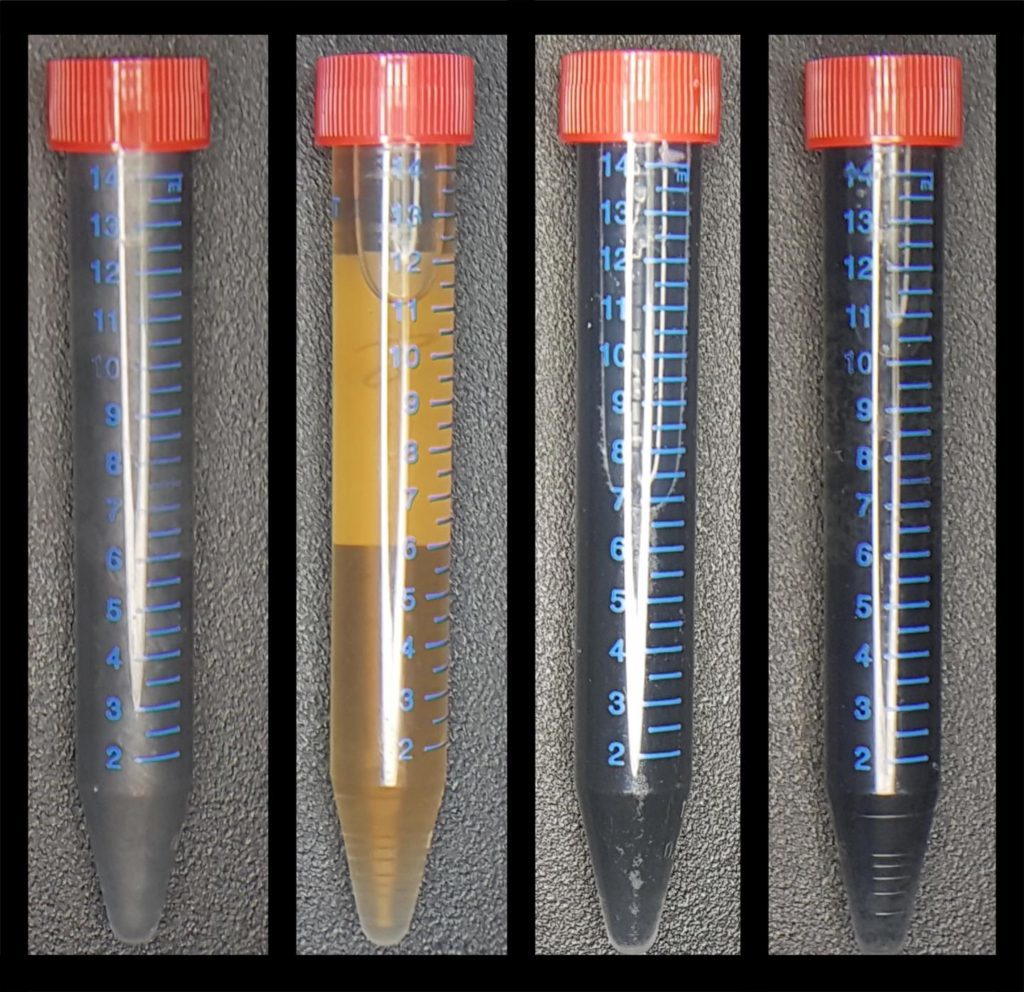To design and build ever more sophisticated and performing computers, researchers turn to nanomaterials, including graphene.
New research
Graphene and its characteristics that make it a unique material in some ways have been talked about for some time now. Graphene, a thin carbon flake perhaps the size of an atom, is a revolutionary nanomaterial because of its ability to conduct electricity as well as its mechanical strength, and is also a very flexible material.
Anne S. Meyer, associate professor of biology at the University of Rochester, and her colleagues at the Delft University of Technology in the Netherlands, are trying to overcome the barrier of large-scale reproducibility of graphene. The method used is a way that reduces costs and time, as well as highly sustainable compared to chemicals. Extracted from graphite, graphene is much stronger than an atom that composes the state of the natural elements. In fact, alternative methods have already been introduced, but they reduce its thickness and purity. And this is where Meyer’s work is grafted.

The technique
The team of scientists started with a vial of graphite. They exfoliated the graphite to produce graphene oxide (GO), which they then mixed with Shewanella bacteria. The bacteria have the effect of removing most groups of oxygen, which turns it into a good conductor of current. Through this process, it can be stored in the laboratory for longer periods of time. Graphene Oxide is an ideal material because it is lightweight and a good conductor, but generally maintains a small number of oxygen groups that can be used to bind to the molecules of interest.
Possible uses
Studies conducted by Dr. Meyer’s team have predicted that bacterially produced graphene could also be the basis for conductive inks, which can be used to make computer keyboards, circuit boards, or small wires such as those used to defrost car windshields faster and more efficient. Initial feedback may lead to the development of new advanced nanocomposite materials in the near future.
Browse the other articles in the “Chemistry” section of our blog.